English Renaissance Limestone Figure of St Anne
An English Renaissance Limestone Figure of St Anne Carved in the Round
Seated reading an open book wearing an elaborate costume and a large rosary with pendant cross
A tomb figure or ‘weeper’
First half 16th Century
Size: 14.5cm high – 5¾ ins high
Seated reading an open book wearing an elaborate costume and a large rosary with pendant cross
A tomb figure or ‘weeper’
First half 16th Century
Size: 14.5cm high – 5¾ ins high
St Anne, mother of the Virgin Mary, is often represented in art teaching the Virgin to read and this concept is English in origin. The most famous English shrine in her honour was at Buxton. Martin Luther bitterly attacked the Cult of St Anne, especially the images favoured by Renaissance artists representing her with Jesus and Mary. However, this did not prevent Rome extending her feast day to the Universal Church in 1584; a feast that had been obligatory in England since 1382.
The custom of placing small statues around the tomb monuments of noblemen and women dates from the 13th century. They were called ‘pleurants’ in French for ‘mourners’, but this was translated into English as ‘weepers’. This can cause confusion as these small sculptures are not always grieving figures expressing emotion for the deceased. They are sometimes saints and clerics praying for the soul of the departed, and sometimes they represent the heirs and close relatives of the deceased like a figurative form of an ancestral tree.
The custom of placing small statues around the tomb monuments of noblemen and women dates from the 13th century. They were called ‘pleurants’ in French for ‘mourners’, but this was translated into English as ‘weepers’. This can cause confusion as these small sculptures are not always grieving figures expressing emotion for the deceased. They are sometimes saints and clerics praying for the soul of the departed, and sometimes they represent the heirs and close relatives of the deceased like a figurative form of an ancestral tree.
English Renaissance Limestone Figure of St Anne
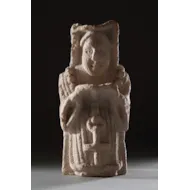
SOLD

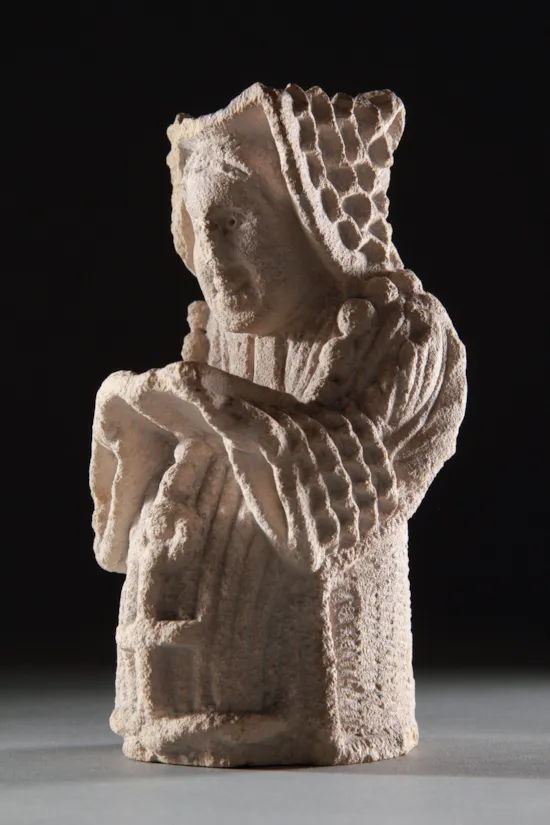
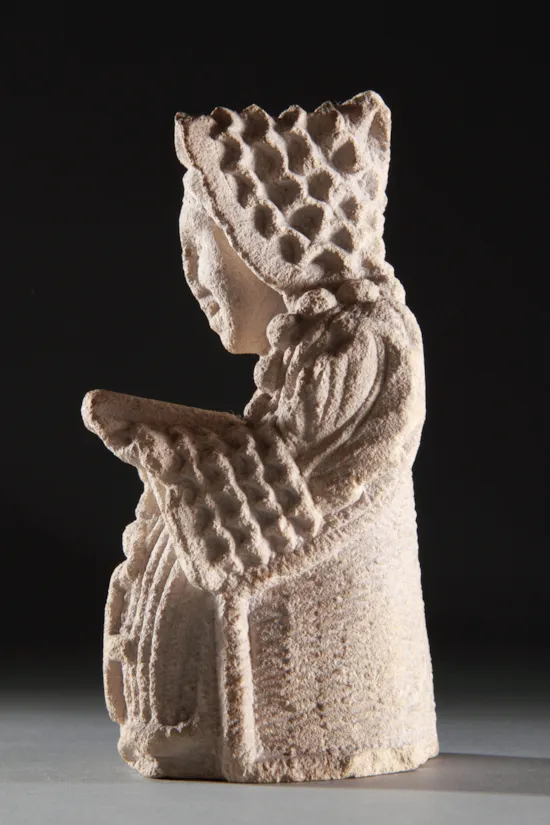
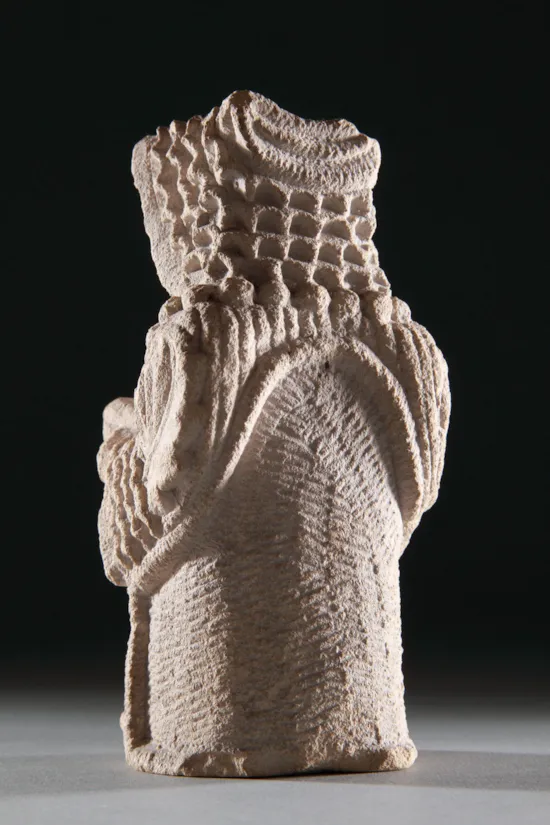
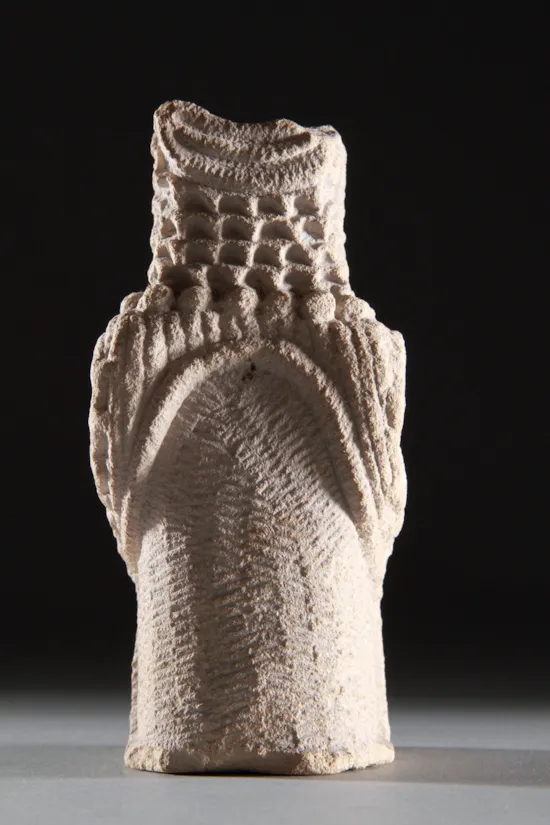
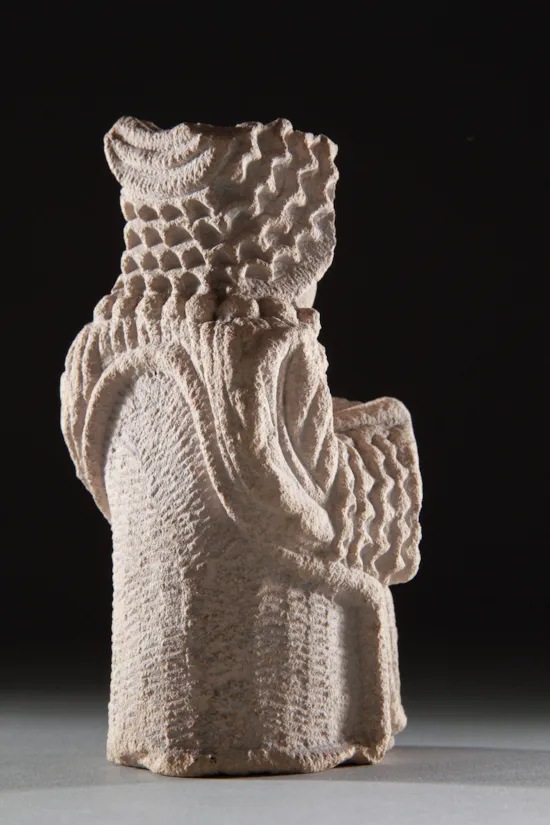
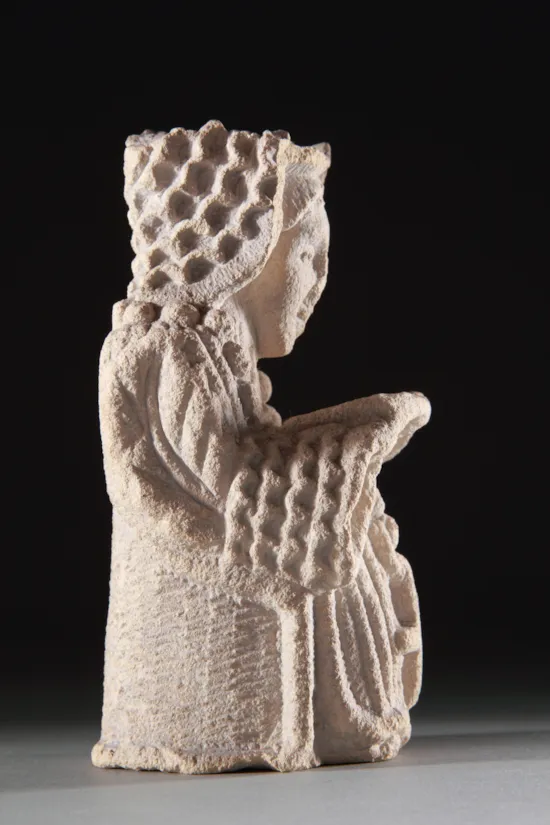

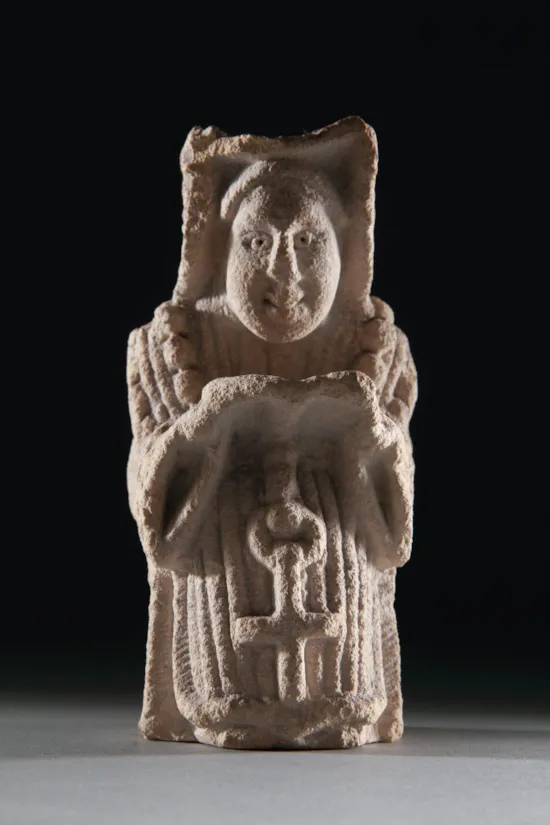









YOU MAY ALSO LIKE

